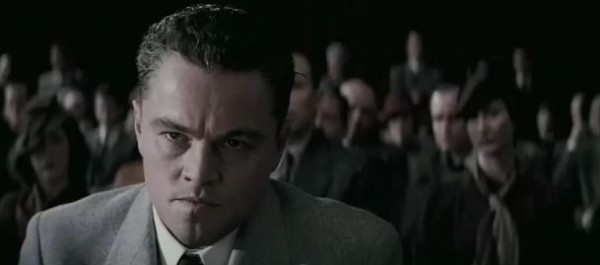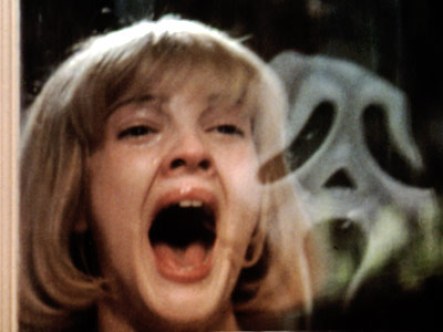“Killer of Sheep” is quite unarguably the greatest student film ever made. I wonder if he got a B on it.
Charles Burnett made this film in the early ’70s when he was completing his film thesis at UCLA. He knew at the time he was very unlikely to become a Hollywood filmmaker. For a black, lower middle class student without any connections in the industry, he took up independent cinema and immediately defined himself as the epitome of the American indie director.
His first feature, “Killer of Sheep,” was a plotless black and white collection of vignettes recreated from his observations growing up in a poor black neighborhood. Produced, shot and edited all by himself, Burnett creates a distinct visual style in his film, one that is gritty, but not without clarity and awareness. It is an aesthetic not unlike the people he depicts, and in this way he envisions authentic human beings striving to endure and persevere in the face of poverty, but worst of all, the mundane and the ordinary.
Burnett believes that this film views humanity as a moral people with basic social and existential concerns through everyday life that allow us to endure. He makes socially oriented films that slam race on the table and yet will rarely be seen by the people who they are actually about.
In an interview, he described himself and his films as a wall with graffiti written on it. To me, this is his way of saying his films are bold, sometimes tough to look at and often ignored, but subtle in their cultural significance and beauty.
All throughout “Killer of Sheep” I got this impression. Here is an unknown masterpiece that captures a truly American slice of life with simplicity, a distinct dialect and authentic recreation of daily life in the ’70s and even a sense of humor. He uses non-actors and tells a story unconventionally, yet he ponders big questions. He asks through his characters’ daily jobs in the kitchen and in a disgusting slaughterhouse “What does it take to be a man or woman in this place?” “What does it take to truly have a life?”
These are gigantic themes, but unlike many indie directors like him, Burnett’s work is never polarizing. As he views the mundane work of these black families, he sees them as anything but beautiful, but they could hardly be described as ugly either. He peppers these vignettes with comical visual queues and lighthearted ragtime soundtracks that encourage a sense of perseverance and human endurance. There are shocking images in “Killer of Sheep,” yes, but the elegance of a husband and wife dance scene that does nothing but convey a perfect sense of human decency with a hint of hidden sadness certainly outweigh the pain.
Critics have lauded “Killer of Sheep” as one of the best American films ever made. It’s social significance as a film that considers class as an issue of perspective, one that draws allusions to the myth of Sisyphus, one that documents an unheard segment of race in America or one that serves as a time capsule to urban ’70s America give it a weight that critics will admire. But regardless, here is a touching film that is amusing but sad at the same time. It gives nightmares, but it even gives hopes and laughs all through a non-traditional story.
“Killer of Sheep” has the perfect, quaint beauty you often don’t see in any film, let alone one made by a student.

